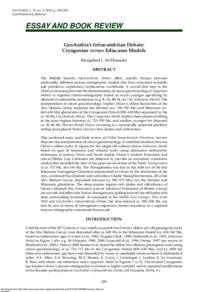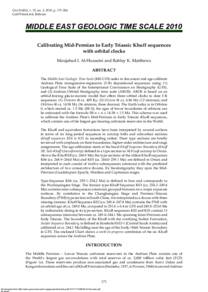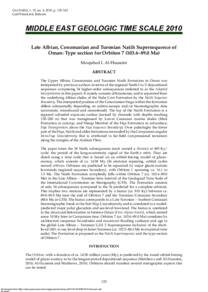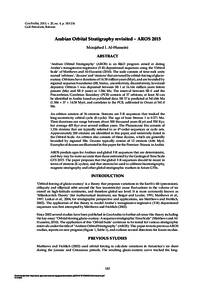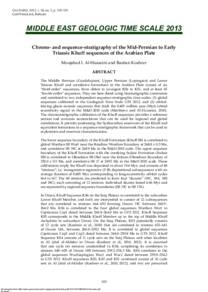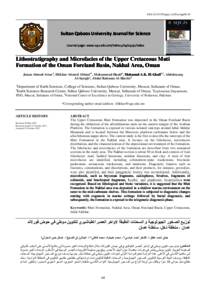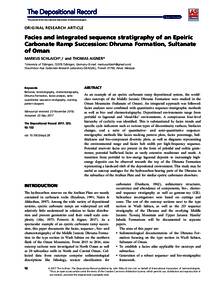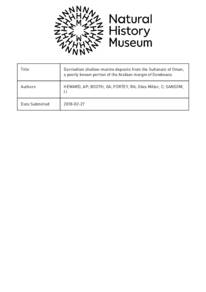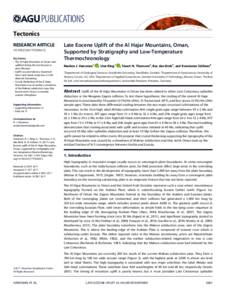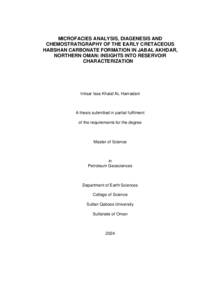Document
GeoArabia's infracambrian debate : cryogenian versus ediacaran models.
Identifier
DOI: 10.2113/geoarabia1502209
Publisher
Gulf Petrolink.
Gregorian
2010-04
Language
English
English abstract
The Middle Eastern Infracambrian Debate offers specific choices between profoundly different tectono-stratigraphic models that have important scientific and petroleum exploration implications worldwide. A crucial first step in the Debate is choosing between the interpretations of zircon geochronology (Cryogenian Model) or regional chrono-stratigraphy based on much younger age-dating by alternative radiometric techniques (e.g. K-Ar, Rb-Sr, Ar/Ar; Ediacaran Model). The interpretation of zircon geochronology implies Oman's oldest diamictites of the Abu Mahara Group represent the Sturtian (ca. 720–700 Ma) and Miranoan (ca. 663–636 Ma) glaciations of the Cryogenian Period (850–630 Ma) separated by the ca. 50 My Fiq-Ghubrah Hiatus. The Cryogenian Model implies three phases of rifting in the same regions between ca. 723–530 Ma, and another younger but disputed ca. 30–40 My Shuram-Khufai Hiatus occurring in a tectonically quiescent platform setting (post-glacial Nafun Group's fine clastics and carbonates). This combined essay and book review of Global Neoproterozoic Petroleum Systems disputes the interpretation of zircon geochronology to establish absolute time for Oman's oldest rocks. It argues for the single-rift-without-hiatus Ediacaran Model based on ages of basement and volcanic rocks using alternative radiometric techniques in Jordan, Oman and Saudi Arabia. Oman's Hadash Formation and coeval Mirbat Cap Carbonate are believed to provide an important correlative marker that recorded the start of the great sea-level rise of the Nafun Transgression at ca. 572 Ma, not 636 Ma. The Transgression was due to the melt-out of the late Ediacaran Varanginian Glaciation (represented in Oman by the diamictites of the Ayn, combined Fiq-Ghubrah and subsurface Ghadir Manqil formations, all of the Abu Mahara Group, deposited between ca. 585–572 Ma), not the Sturtian and Miranoan glaciations. The deep-marine organic-rich shales and siliciclastics of Oman's Masirah Bay Formation (coeval Arkahawl Formation of Mirbat Group) are syn-rift and reflect the Nafun Transgression spilling beyond the rift basins and their surrounding lowlands. As proposed in the Middle East Geologic Time Scale 2010 and GeoArabia's Infracambrian Debate, the time interval ca. 585–530 Ma can best be cast in terms of transgressive-regressive chrono-sequences in a regional tectono-stratigraphic extensional framework.
Member of
ISSN
1025-6059
Resource URL
Category
Journal articles

